Proper ski maintenance isn’t just for looks - it’s about better control, smoother rides, and staying safe on the slopes. Whether you’re using Snowfeet* Mini Ski Skates or other short skis, keeping them waxed, sharp, and stored correctly is key to making them last longer and work like a charm.
Here’s the deal: Snowfeet* skis are compact, making them easier (and faster) to maintain than full-length skis. You’ll need fewer tools, less wax, and way less time. Plus, their small size means you can do all the work right at home - no ski shop required.
Key Tips to Know:
- Waxing: Keeps your skis gliding smoothly. Use a universal wax for most U.S. snow conditions, or pick temperature-specific wax for extreme weather.
- Sharpening: Sharp edges = better control, especially on icy snow. Check every 5-10 uses, depending on snow type.
- Storage: Clean, wax, and store your skis in a cool, dry spot. Compact Snowfeet* skis fit easily in small spaces like closets.
Snowfeet* makes ski care simple, so you can spend more time skiing and less time maintaining. Let’s break it all down step by step.
Tools You Need for Maintaining Snowfeet* Skis

Essential Maintenance Tools
Keeping your Snowfeet* gear in top shape doesn’t require anything fancy - just a few basic tools. You’ll need ski wax, a waxing iron, a plastic scraper, an edge sharpener, and a base cleaner. These essentials are all you need to maintain Mini Ski Skates, Skiskates, or Skiblades and keep them performing smoothly.
Thanks to their compact size, you can do all the maintenance right on your kitchen table! Unlike traditional skis from brands like Rossignol or Atomic that might require a larger workspace and heavy-duty tools, Snowfeet* gear is designed for easy upkeep in small spaces. A standard waxing iron works perfectly for their smaller surface area, and you’ll use far less wax than you would on full-length skis.
Investing in good-quality tools like diamond stones, scrapers, and wax irons can make a noticeable difference. Snowfeet* products, with their fiberglass-reinforced construction, respond well to these tools, making maintenance straightforward and budget-friendly.
Why Choose Snowfeet* Accessories?
Snowfeet* offers maintenance accessories tailored specifically for their products. Sure, generic tools might get the job done, but Snowfeet*-branded accessories are designed to work seamlessly with their Mini Ski Skates and Skiblades. This ensures you get the best results while staying true to Snowfeet*'s mission of keeping winter sports simple and enjoyable.
This thoughtful design becomes even more apparent when you compare Snowfeet* maintenance kits to the tools required for traditional ski upkeep.
Snowfeet* Kits vs. Traditional Maintenance Kits
| Feature | Snowfeet* Maintenance | Traditional Ski Maintenance |
|---|---|---|
| Time Efficiency | Quick and easy upkeep | Longer process due to larger equipment |
| Storage Requirements | Compact tools, easy to store | Needs a dedicated workspace |
| Cost | Affordable kits | Often involves pricier, specialized tools |
| Skill Level | Beginner-friendly with a short learning curve | Requires more advanced skills |
| Wax Usage | Minimal wax needed | Uses more wax for full-length skis |
| Workspace Needed | Small, convenient spaces | Larger, organized area required |
These differences show how Snowfeet* has simplified the maintenance process compared to traditional skis. Their compact, user-friendly design not only saves time but also ensures you can keep your gear in peak condition with minimal effort. It’s all part of Snowfeet*’s goal to make winter sports accessible and fun for everyone.
How to Wax Snowfeet* Skis: Step-by-Step Guide
Waxing Your Snowfeet* Skis
Waxing your Snowfeet* gear is easier than you might think. Thanks to their compact size (ranging from about 15 to 39 inches), you can handle maintenance almost anywhere - even right on your kitchen counter.
Start by cleaning the base of your Snowfeet* Mini Ski Skates, Skiskates, or Skiblades. Use a base cleaner designed for skis to get rid of dirt, old wax, and any debris. Because of the smaller surface area, just a few drops of cleaner will do the trick.
Next, heat up your iron to the temperature recommended for your wax. A regular household iron works fine for Snowfeet* skis due to their smaller size, but a ski-specific iron gives you better control. Drip the wax onto the base in a zigzag pattern, making one or two passes along the length.
Then, glide the iron smoothly from tip to tail, spreading the wax evenly as it melts. Let the wax cool completely before scraping off the excess with a plastic scraper. Use firm, consistent strokes, always working from tip to tail. If you're short on time, liquid wax is a great alternative. Just apply it to the clean base, spread it evenly, and let it dry - it’s perfect for quick touch-ups during a break.
Liquid wax works especially well with Snowfeet* products, offering a fast and convenient option for keeping your gear in top shape between ski sessions.
Choosing the Right Wax for U.S. Conditions
The key to picking the right wax for your Snowfeet* skis lies in the snow temperature, not the air temperature. For most skiing conditions in the U.S., a universal wax is a solid choice for recreational use.
If you're skiing in more extreme conditions, temperature-specific waxes can give you an edge. For snow temperatures below 14°F, go with a cold-temperature wax. On the flip side, for spring skiing when snow temps rise above 32°F, a warm-temperature wax will help you glide more smoothly. When you're unsure, lean toward a colder wax - using warm wax on cold snow just doesn’t work as well.
Hydrocarbon waxes are a reliable option for most dry snow conditions you’ll encounter, whether you’re skiing in the Rockies or the Northeast. And, as a bonus, they’re environmentally friendly compared to fluorinated waxes, which are best avoided.
Because of their smaller base, Snowfeet* products are more forgiving when it comes to wax selection. Even if your choice isn’t spot-on, you’ll still get great performance on the slopes. The real game-changer is consistency - regular waxing keeps your gear performing at its best.
How Often to Wax Your Skis
Keep an eye on your Snowfeet* base for any chalky or dry-looking spots - these are signs it’s time for fresh wax. A fresh coat not only improves glide but also keeps snow from sticking.
One of the perks of Snowfeet* skis is how easy they are to maintain. After each use, dry the edges thoroughly to prevent rust. For long-term storage, wipe the edges with a thin layer of oil to add extra protection.
Thanks to their compact size, quick liquid wax touch-ups are a breeze. Whether you’re in a hotel room or a ski lodge, you can keep your Snowfeet* skis ready to roll in no time.
How to Sharpen Snowfeet* Ski Edges
Checking Your Snowfeet* Edges
Keeping your Snowfeet* edges sharp is essential for staying in control, especially on icy or hardpacked snow. After waxing, edge maintenance should be your next priority. One of the perks of Snowfeet* is their compact size, making it easy to inspect the entire edge in just a few minutes.
Start by thoroughly drying your Snowfeet after each use to prevent rust and corrosion. Once dry, check the edges by running your finger along them. For a sharper test, use your fingernail at a 90° angle - if it catches slightly, the edge is still sharp. You can also run a towel lightly along the edge; if it snags, there may be burrs or nicks to address. Look out for dull spots, rust, or small chips caused by rocks or ice.
"Less work more often is the key to keeping skis running well. You can do a lot of edge work at home if you keep your edges in good shape." - Leif Sunde, Owner of the Denver Sports Lab
How often you need to sharpen depends on the snow conditions. Artificial snow is much harsher on edges than natural powder. If you’re mostly skiing on man-made snow or icy terrain, plan to check and sharpen your edges every five days of use. On natural snow, you can stretch that to about ten days.
Step-by-Step Edge Sharpening Guide
Sharpening the edges of Snowfeet* is a quicker process compared to traditional skis, thanks to their shorter length. Here’s what you’ll need: a file guide (most recreational skis use a 2-degree side edge bevel, which requires an 88-degree guide), a medium diamond stone, and a gummy stone for finishing.
-
Secure Your Snowfeet
Place your Snowfeet in a vise or clamp them to a workbench. If they have brakes, use a rubber band to keep them out of the way. -
Remove Rust and Burrs
Use a gummy stone to clean off rust and smooth out burrs from tip to tail. -
File the Edges
With a file guide and a medium file, sharpen the side edges. Thanks to their compact size, this step takes about half the time it would for regular skis. -
Polish the Edges
Use a fine diamond stone to polish the edges. This step ensures a smooth finish, better grip, and longer-lasting sharpness between tune-ups. -
Detune Tips and Tails
Lightly round off the tips and tails with a gummy stone. This helps with smoother turns and prevents the edges from feeling too aggressive.
The compact design of Snowfeet* makes edge maintenance faster and easier compared to traditional skis or snowboards. You can even do quick touch-ups during a lunch break or while relaxing at home, saving time without compromising performance.
How to Store Snowfeet* Skis Properly
End-of-Season Storage Tips
Taking care of your Snowfeet* during the off-season is key to keeping them in great shape. Start by giving your skis a good cleaning - use a damp cloth to wipe away dirt, salt, and grime that may have built up.
Next, apply a thick coat of storage wax to the bases and edges. Don’t scrape it off - this layer acts as a shield against moisture, rust, and oxidation. If your Snowfeet* come with adjustable bindings, loosen the DIN settings to ease the pressure on the springs. Just remember to reset them before your next adventure.
For extra protection, store your Snowfeet* in a breathable ski bag or cover to keep out dust and UV rays. Avoid airtight bags, as they can trap moisture and lead to problems like rust.
Best Storage Locations
Where you store your Snowfeet* matters just as much as how you store them. The ideal spot is cool, dry, and dark, with stable temperatures. Think interior closets, well-ventilated basements, or climate-controlled storage spaces. Avoid garages or attics - these areas often have extreme temperature swings that can damage your gear.
If you live in a humid area, toss a dehumidifier or some moisture-absorbing packets into your ski bag for added protection. To prevent unnecessary stress on the skis, store them either flat or upright, ensuring there’s no extra pressure on the tips or tails. Thanks to their compact design, Snowfeet* can easily fit in a standard bedroom closet without hogging space. It’s also a good idea to check on your skis periodically throughout the off-season to make sure there’s no mold, mildew, or rust forming.
Compact Storage Benefits of Snowfeet*
One of the standout perks of Snowfeet* is their small size, especially compared to traditional skis. Regular skis from brands like Rossignol, Atomic, or Head are much longer and often require bulky racks, garage space, or even rented storage units. Snowfeet*, on the other hand, are built for convenience.
For example, Snowfeet* Mini Ski Skates are just 15 inches long, and their Short Skis measure 47 inches - much smaller than full-length skis. This compact and lightweight design means you can store several pairs of Snowfeet* in the same space it would take to store one pair of traditional skis.
This space-saving feature is a game-changer for apartment dwellers or anyone tight on storage space. Plus, it makes transporting your gear a breeze, whether you’re heading to the slopes or tucking them away for the season. Snowfeet* combine practicality with portability, making them a smart choice for skiers with limited room to spare.
sbb-itb-17ade95
Why Snowfeet* Makes Ski Maintenance Easier
Main Benefits of Snowfeet* Maintenance
Snowfeet* gear is a game-changer when it comes to ski maintenance. Unlike traditional skis, the compact design of Snowfeet* products saves both time and money.
Take the Snowfeet* Mini Ski Skates, for example. At just about 15 inches long, they need far less wax and take a fraction of the time to finish compared to the typical 67-inch skis. Their smaller size means less material to care for, which translates to less wax, less tuning, and less hassle overall.
Another advantage is the lightweight yet durable plastic construction of many Snowfeet* models. This design minimizes common issues like moisture damage or warping, which are often seen in wood-core skis. With fewer maintenance headaches, you can spend more time carving through the snow and less time dealing with upkeep.
What’s more, the simplicity of Snowfeet* gear allows many users to handle basic maintenance themselves. Forget those costly, time-consuming trips to a professional shop - keeping your Snowfeet* in top shape is a breeze, making winter sports more enjoyable and accessible.
Snowfeet*: Leaders in Short Ski Technology
Snowfeet* has taken the lead in the short ski market by blending top-notch performance with easy maintenance. Their approach proves that shorter gear doesn’t just perform well - it’s also simpler to care for.
One standout feature is their compatibility with regular winter shoes or snowboard boots. This eliminates the need for specialized footwear, cutting down on both maintenance and expense. It’s all part of the brand’s mission to make winter sports more approachable.
Founders Zbynek and Michael designed Snowfeet* with simplicity in mind, aiming to reduce not just the complexity of skiing but also the upkeep. Their philosophy ensures Snowfeet* products are easy to use and maintain, appealing to both beginners and seasoned pros.
Snowfeet* gear is incredibly versatile, performing well on slopes, in parks, on hiking trails, and even in your backyard. Unlike traditional skis, which often require specific conditions to shine, Snowfeet* delivers consistent performance across a variety of terrains - all while keeping maintenance straightforward.
From Wax To Ptex: Ski Maintenance 101
FAQs
How often should I wax and sharpen my Snowfeet* skis to keep them performing their best?
To keep your Snowfeet* skis performing at their best, make it a habit to wax them every 4-6 outings. Waxing not only keeps them gliding smoothly but also shields the base from drying out. When it comes to the edges, inspect them after each use - especially if you've been tackling icy or rough terrain. If they feel dull or have burrs, it's time for a touch-up. Sharpening every 3-5 days of use helps maintain precise control and top-notch performance.
Stick to these easy maintenance tips, and your Snowfeet* skis will deliver smoother rides and stay adventure-ready for many seasons to come.
Why should I use Snowfeet* maintenance tools instead of generic ones?
Snowfeet* Maintenance Tools: Designed for Your Gear
Snowfeet* maintenance tools are made specifically for their products, like Skiblades, Skiskates, and other short skis. Unlike generic tools that can be a poor fit or less effective, these accessories are built to work perfectly with Snowfeet* gear. That means better care, improved performance, and a longer life for your equipment.
With these specialized tools, maintaining your Snowfeet* gear becomes a breeze - whether you're just starting out or have been hitting the slopes for years. They make tasks like waxing and sharpening edges simple and efficient, so you can spend less time on upkeep and more time enjoying your winter adventures.
How should I store my Snowfeet* skis during the off-season to keep them in great condition?
To keep your Snowfeet* skis in great condition during the off-season, make sure to store them in a cool, dry, and dark spot. This helps prevent warping or other damage. Before putting them away, give them a good cleaning and apply a layer of wax to the bases. The wax acts as a shield, keeping the bases from drying out. Steer clear of places like garages or basements, where high humidity or extreme heat can wreak havoc on your skis over time.
For extra care, consider using a breathable cover or ski bag. This will protect your gear from dust and moisture. If you can, store them in a climate-controlled space to keep the temperature and humidity consistent. These easy steps will ensure your skis stay in top-notch shape and are ready to hit the slopes when winter rolls back around!

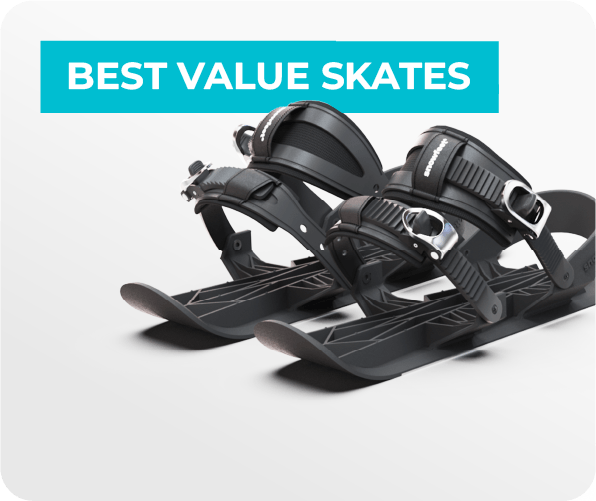



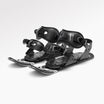
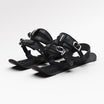
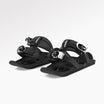
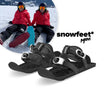
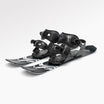
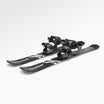

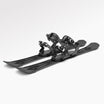
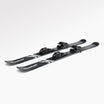
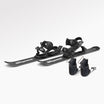





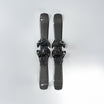



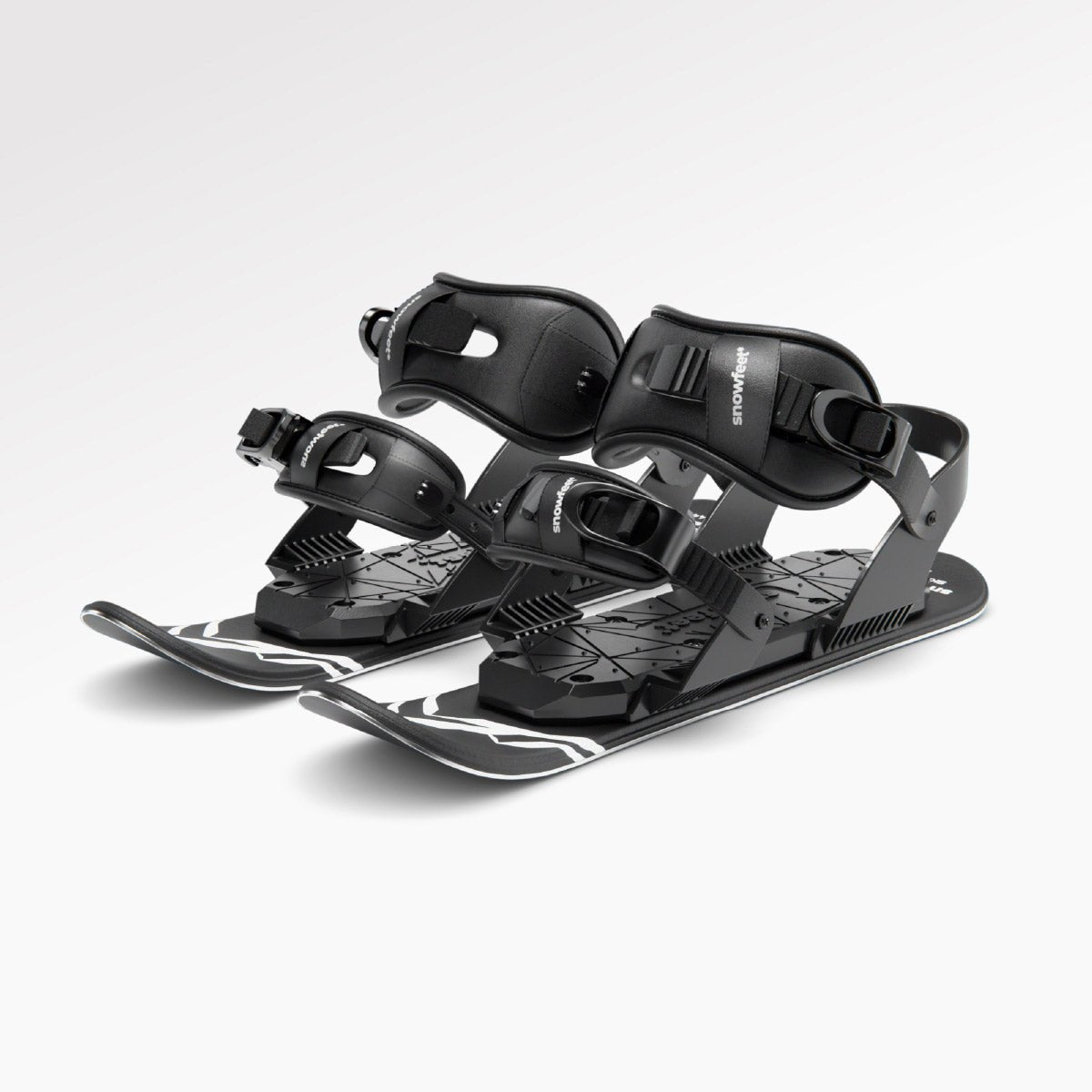

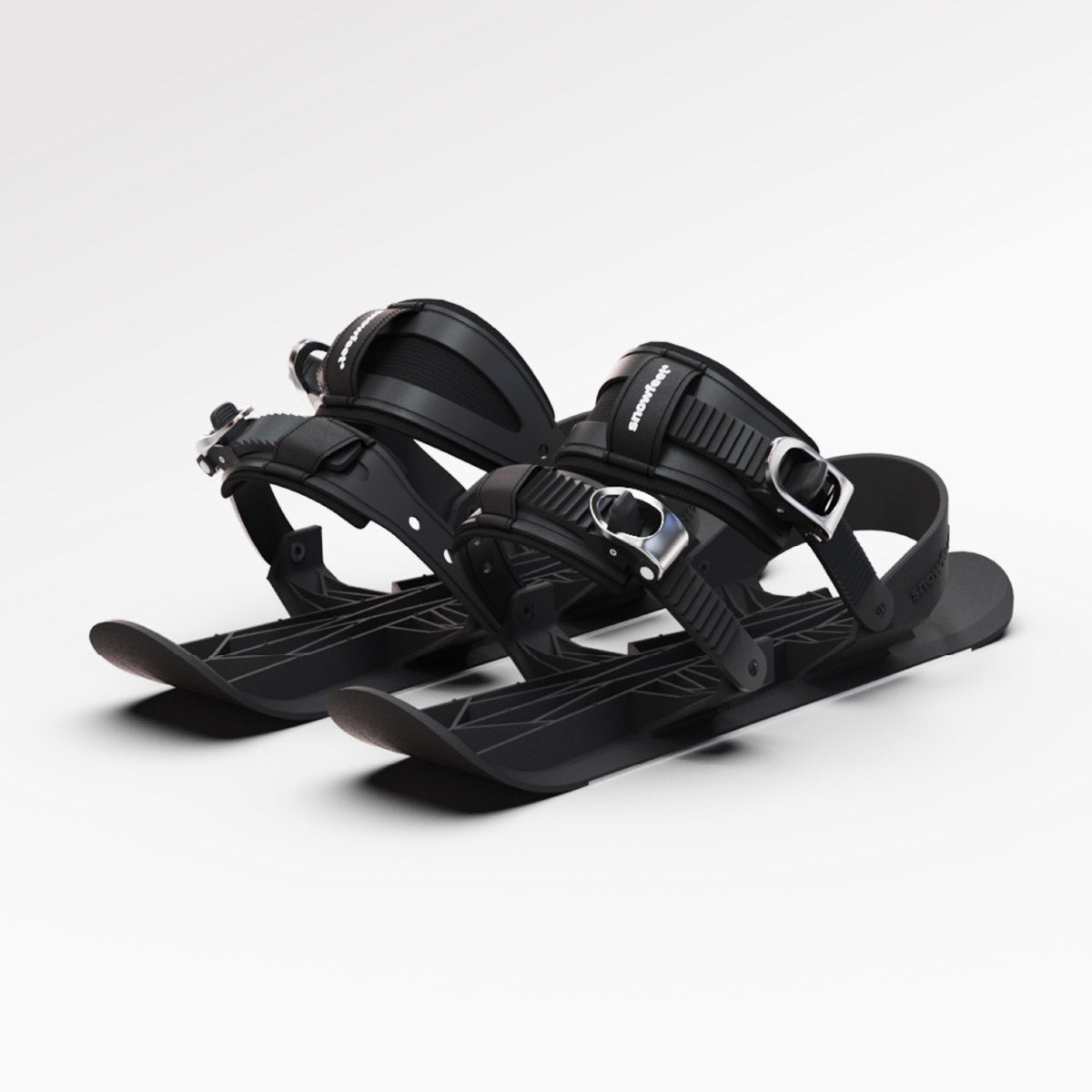
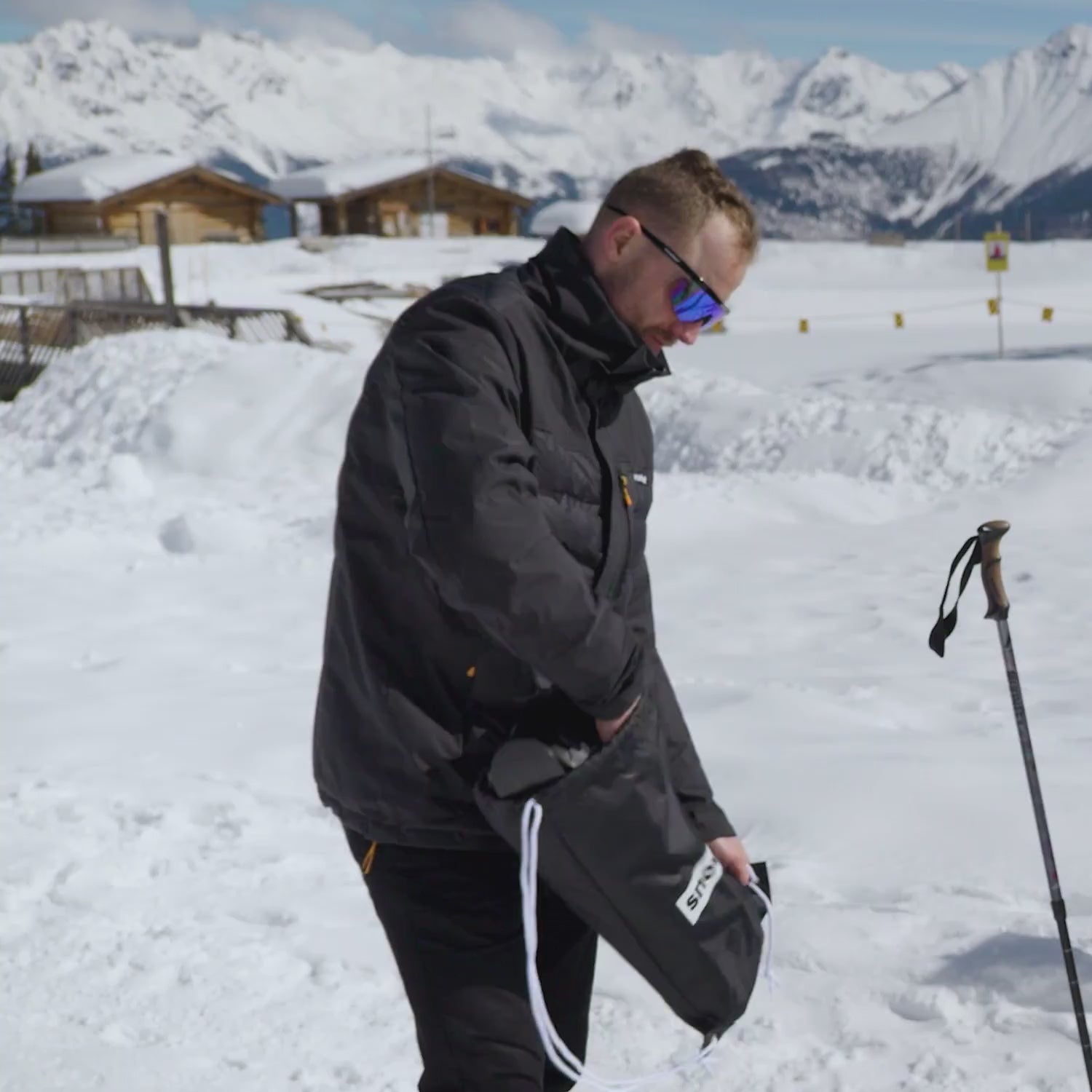
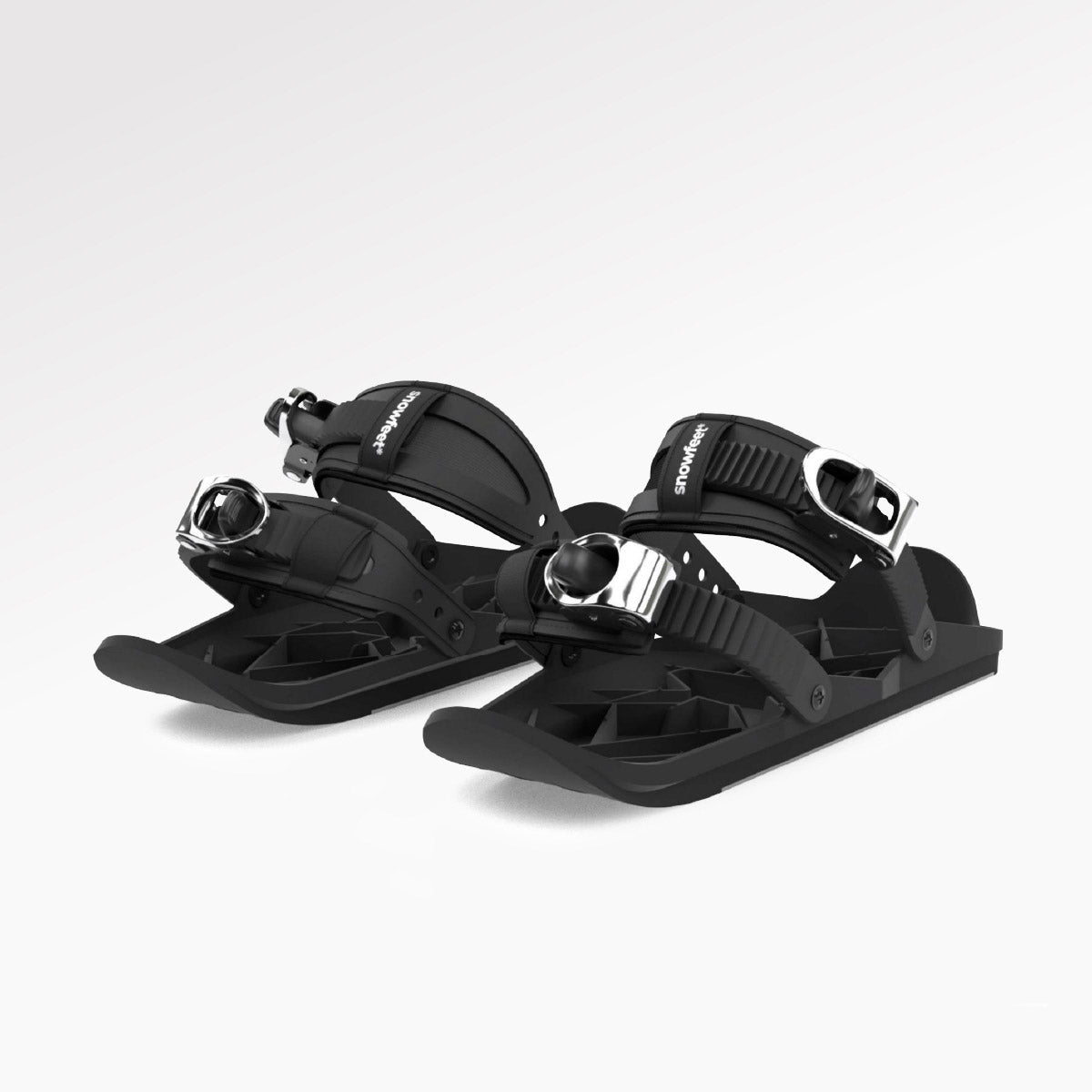



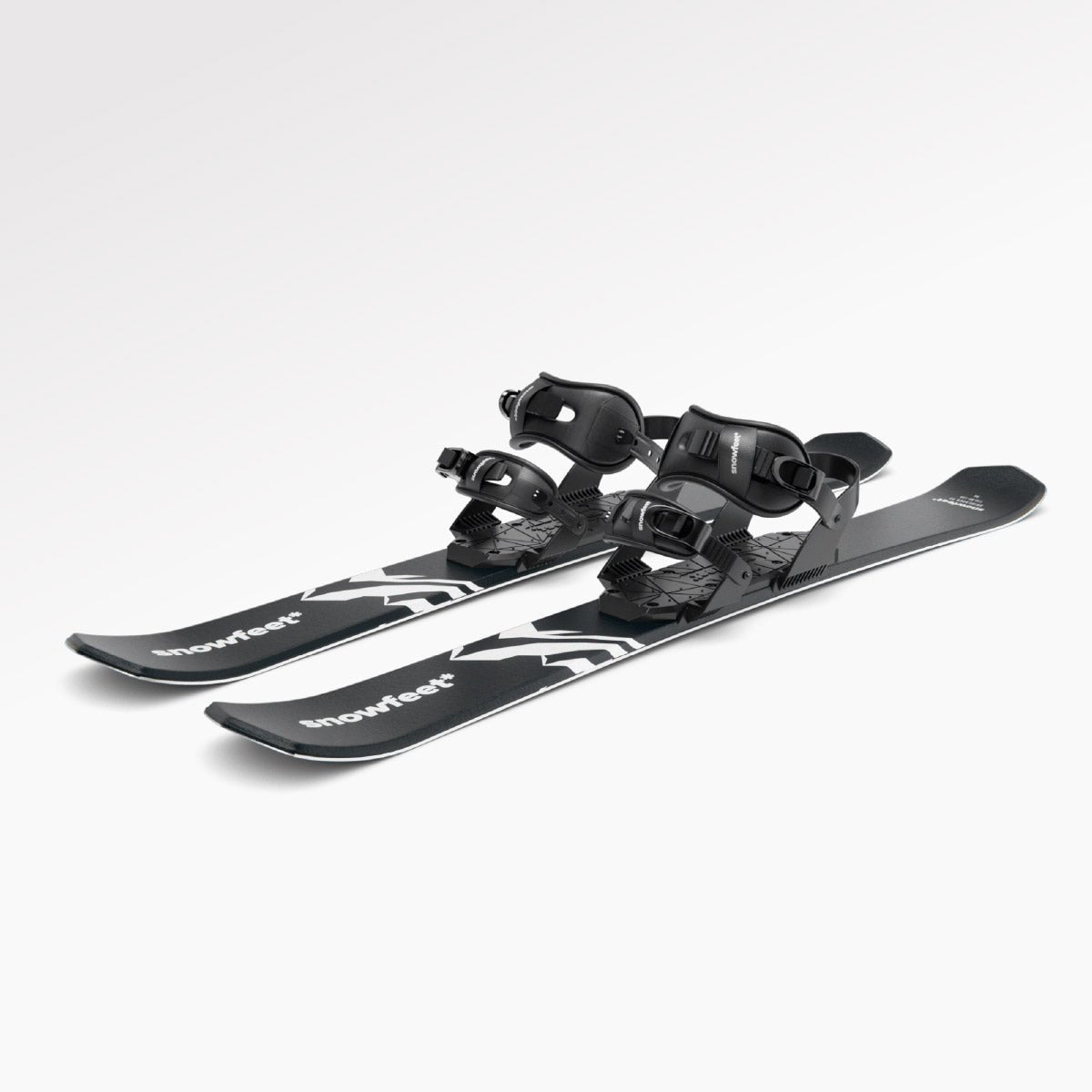

Leave a comment
This site is protected by hCaptcha and the hCaptcha Privacy Policy and Terms of Service apply.